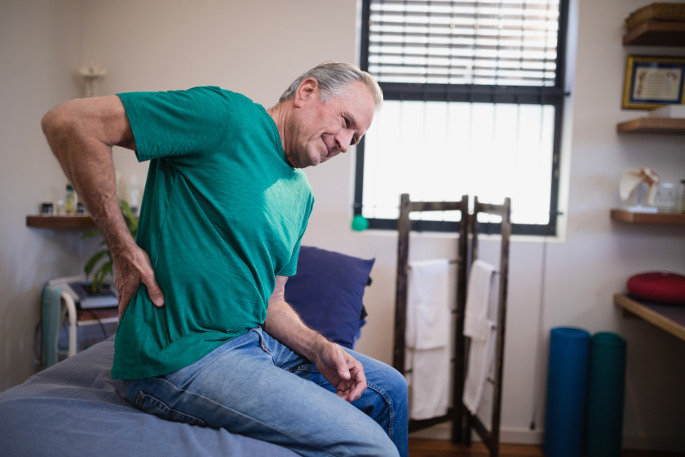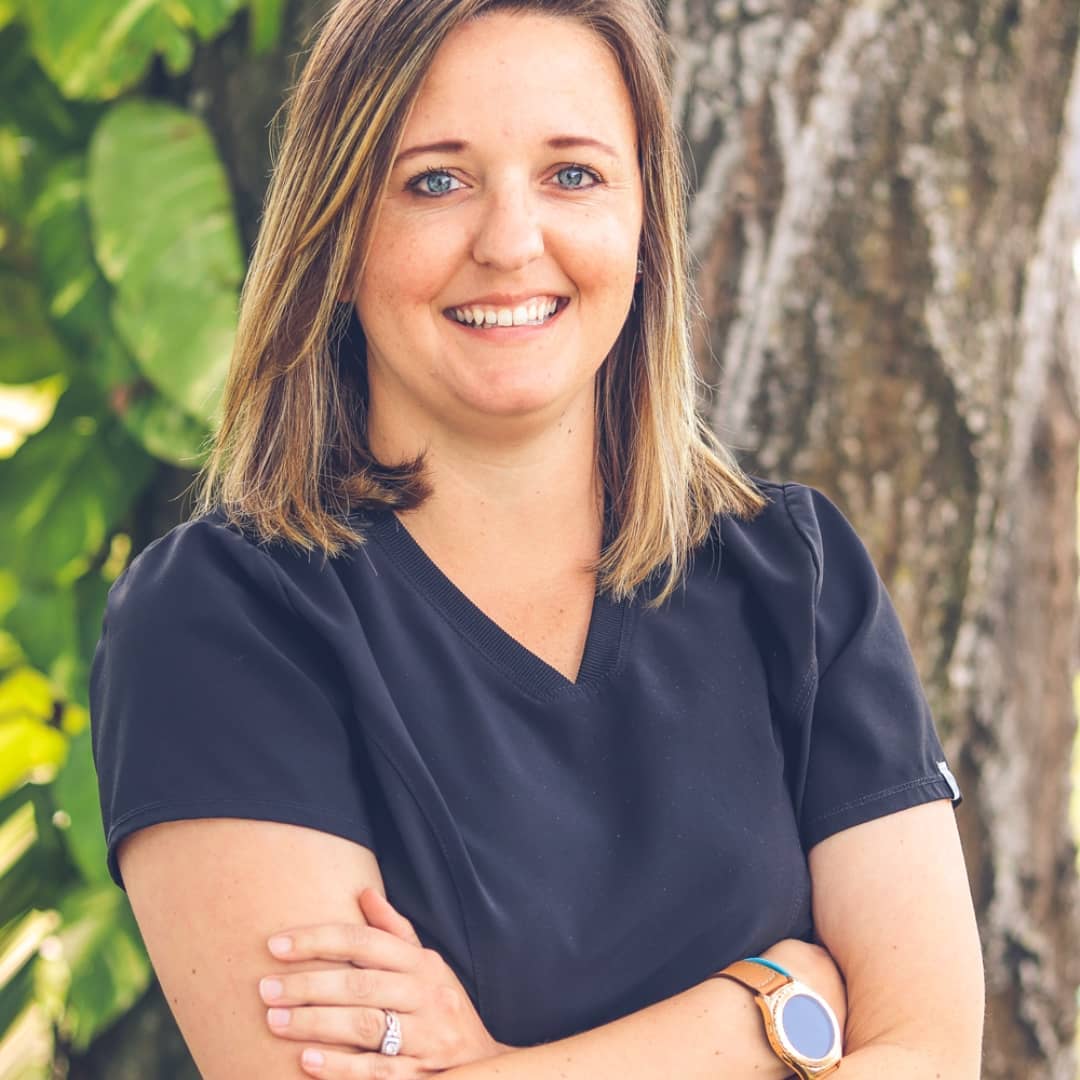Lower Back Pain
Understanding Lower Back Pain
Around a third of people will experience some kind of lower back pain every year. Lower back (lumbago) pain is usually not something to be worried about, but shouldn’t be ignored. Most of the time individuals will assume it will pass over a few weeks – unfortunately, this is not the case and seeing a medical provider is the best option for safe, and quick pain relief. One of the most frustrating aspects of this condition is that every case is different and sometimes there are no readily recognizable causes for it developing. Likewise, it is difficult to place a timescale on recovery as most people will recover quite quickly while for others it could become a chronic condition.
Often times, low back pain will be simply irritating and inconvenient. Simple stretches combined with just taking it easy will hopefully help it pass as smoothly as possible. Yet there are occasions when it is necessary to visit a medical doctor or physical therapist to check that lower back pain is not a symptom of something more serious.
Coastal Integrative Healthcare – providing services in Edgewater, Palm Coast, Orange City, and Ormond Beach.



When To Seek Medical Attention
If you suspect that you may have a slipped disc or are experiencing the sensations that may indicate sciatica then you should visit a medical doctor as soon as possible. Early remedial treatment and physical therapies can make both of these conditions much easier to deal with in the long term – but be aware that they will not just vanish without medical assistance. They will instead become worse and can lead to serious disability if left unchecked. Yet there are a number of other warning signs that may suggest your back pain could be a symptom of something more serious.



HAVE QUESTIONS?
Our Healthcare Experts Can Help
Also known as lumbar pain, it can be caused by different reasons such as bad posture, sitting for long periods of time, uncomfortable sleeping positions, working out without warming up, etc. Here are some tips to free yourself from it:
- Take breaks from sitting or try a standing desktop
- Stretch before you go to bed and after you wake up
- Practice yoga to strengthen your back muscles
- Get massages once or twice a week
- Change your mattress or try another one that supports your back better
Ice packs are very effective to relieve muscle pain and reduce inflammation quickly. Apply ice for not more than 20 minutes at a time. Pain-relief creams are known to work fast. If your pain is chronic visit a chiropractor to get the treatment you need for permanent relief.
Try different stretches gently to relax.
Upper backstretch. Start with your right hand extended in front of you, bend it and grab your elbow with your left hand. Bring your arm to your chest as close as you can for 30 seconds.
The Back Squeeze. Relax your shoulders and keep your hand on your lap. Squeeze your shoulder blades for 10 seconds and then relax. Do three repetitions to see improvement.
Strengthen your spine and hip bones, and your back and buttocks muscles with exercises like Hamstring Stretches, Partial Crunches, Wall Sits, Press-up Back Extensions, Bird Dog and Glute Bridges. Additionally, be aware of your posture during the day and when you go to bed. Try placing a pillow between your legs while sleeping on your side to reduce weight on your spine. If the pain does not improve, consult your doctor.
Depending on the woman’s age it can be caused by hormonal changes or weak pelvic muscles. During and after menopause, women produce less estrogen. This can lead to loose ligaments in the pelvic area. If the woman is younger it might be a gynecological problem such as endometriosis, which also causes painful menstrual cramps or inflammation of the pelvic organs. See your doctor get an ultrasound and identify the source of pain.
HAVE QUESTIONS?
Our Healthcare Experts Can Help
Also known as lumbar pain, it can be caused by different reasons such as bad posture, sitting for long periods of time, uncomfortable sleeping positions, working out without warming up, etc. Here are some tips to free yourself from it:
- Take breaks from sitting or try a standing desktop
- Stretch before you go to bed and after you wake up
- Practice yoga to strengthen your back muscles
- Get massages once or twice a week
- Change your mattress or try another one that supports your back better
Ice packs are very effective to relieve muscle pain and reduce inflammation quickly. Apply ice for not more than 20 minutes at a time. Pain-relief creams are known to work fast. If your pain is chronic visit a chiropractor to get the treatment you need for permanent relief.
Try different stretches gently to relax.
Upper backstretch. Start with your right hand extended in front of you, bend it and grab your elbow with your left hand. Bring your arm to your chest as close as you can for 30 seconds.
The Back Squeeze. Relax your shoulders and keep your hand on your lap. Squeeze your shoulder blades for 10 seconds and then relax. Do three repetitions to see improvement.
Strengthen your spine and hip bones, and your back and buttocks muscles with exercises like Hamstring Stretches, Partial Crunches, Wall Sits, Press-up Back Extensions, Bird Dog and Glute Bridges. Additionally, be aware of your posture during the day and when you go to bed. Try placing a pillow between your legs while sleeping on your side to reduce weight on your spine. If the pain does not improve, consult your doctor.
Depending on the woman’s age it can be caused by hormonal changes or weak pelvic muscles. During and after menopause, women produce less estrogen. This can lead to loose ligaments in the pelvic area. If the woman is younger it might be a gynecological problem such as endometriosis, which also causes painful menstrual cramps or inflammation of the pelvic organs. See your doctor get an ultrasound and identify the source of pain.

